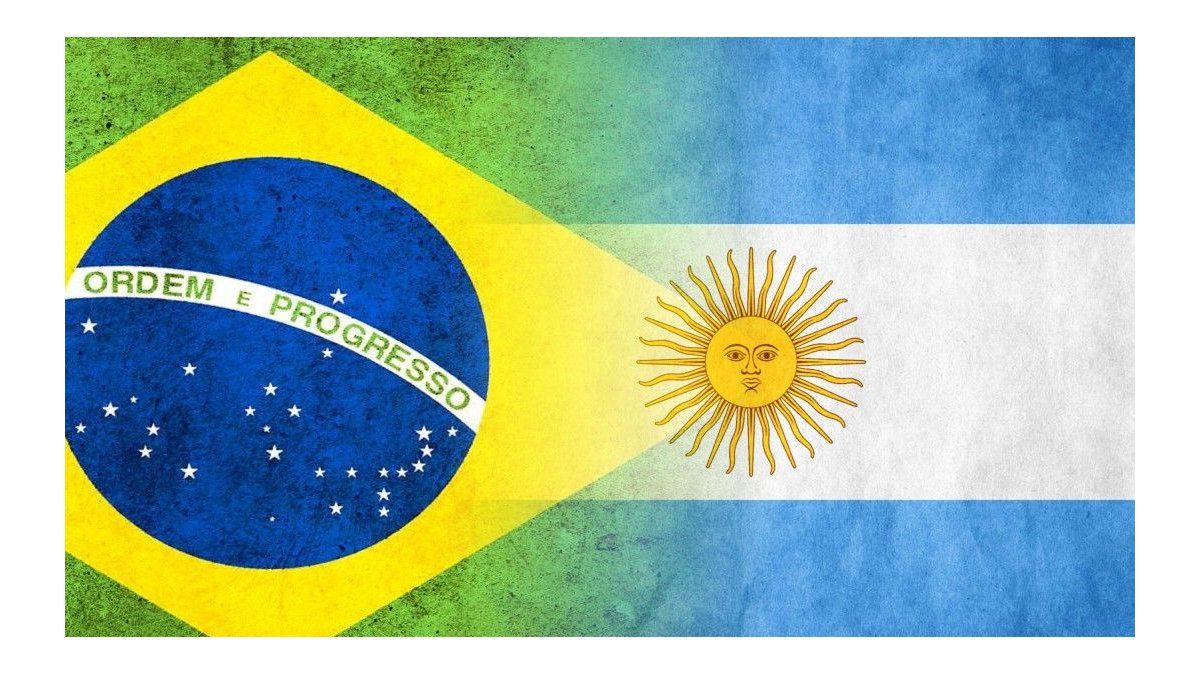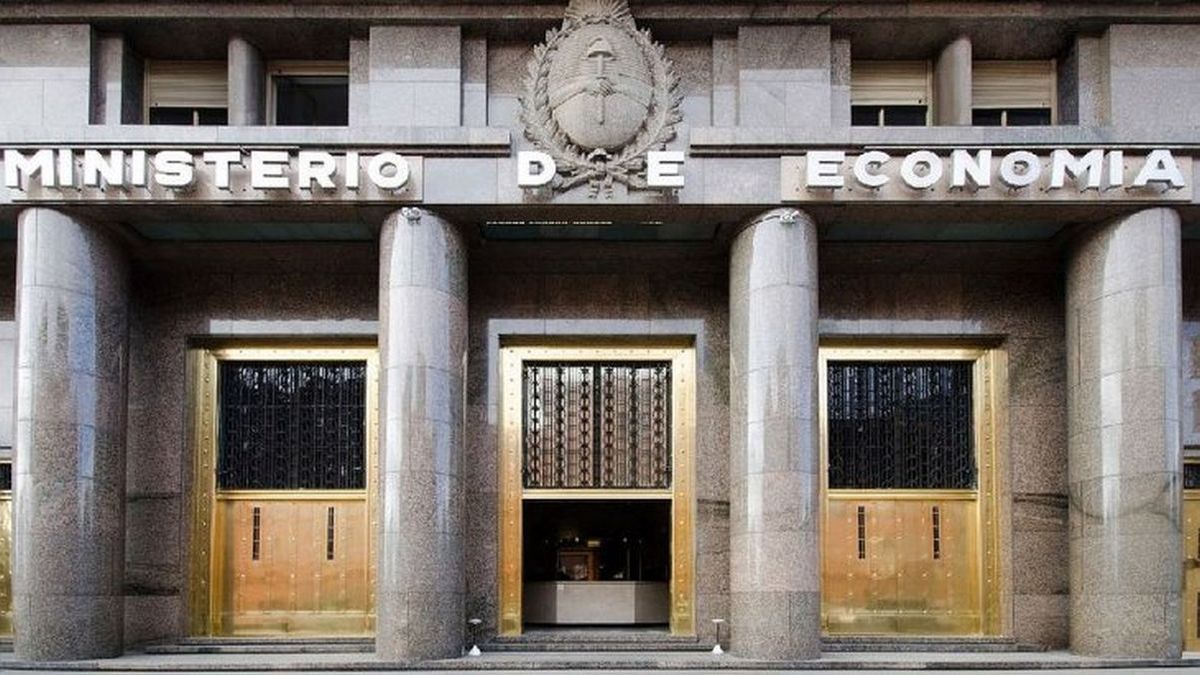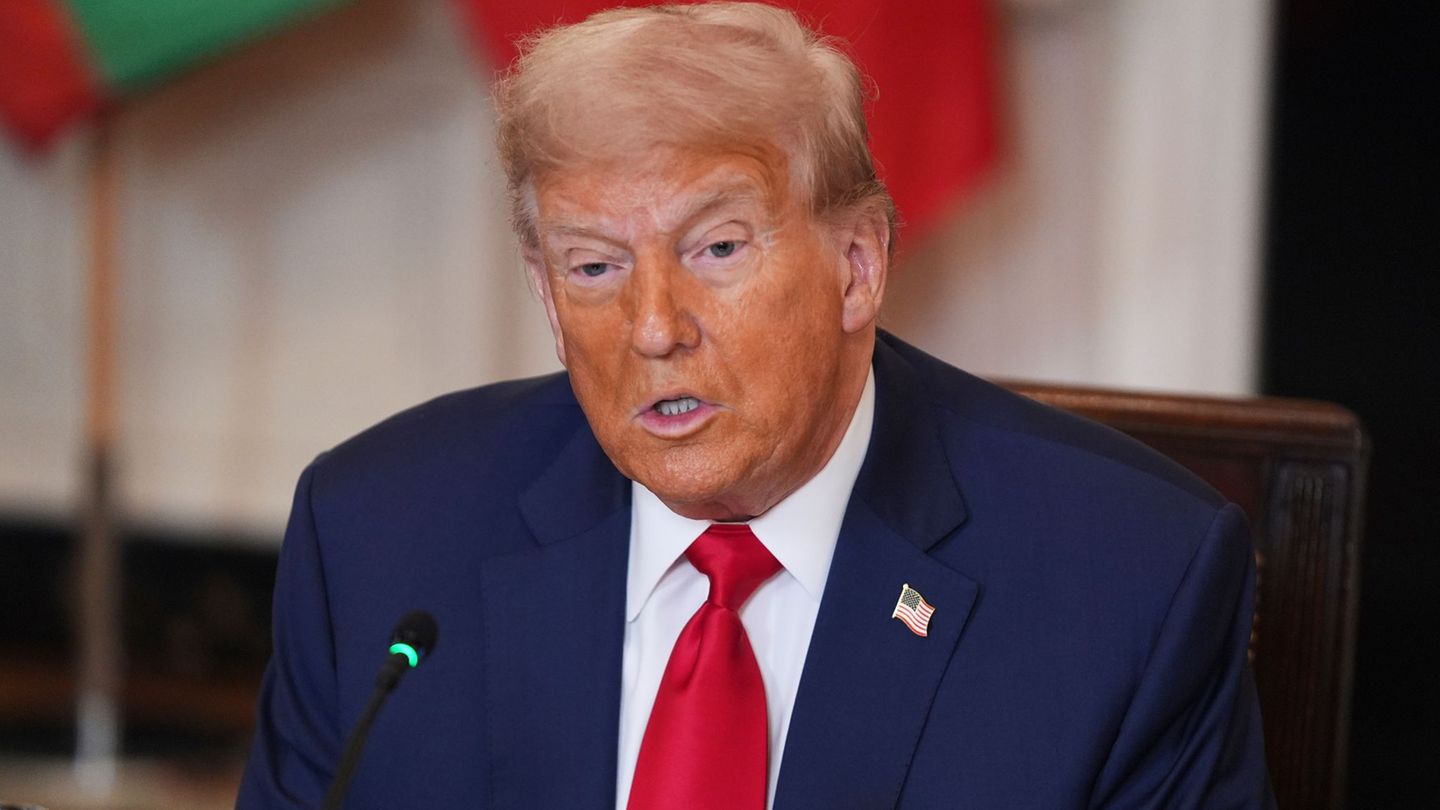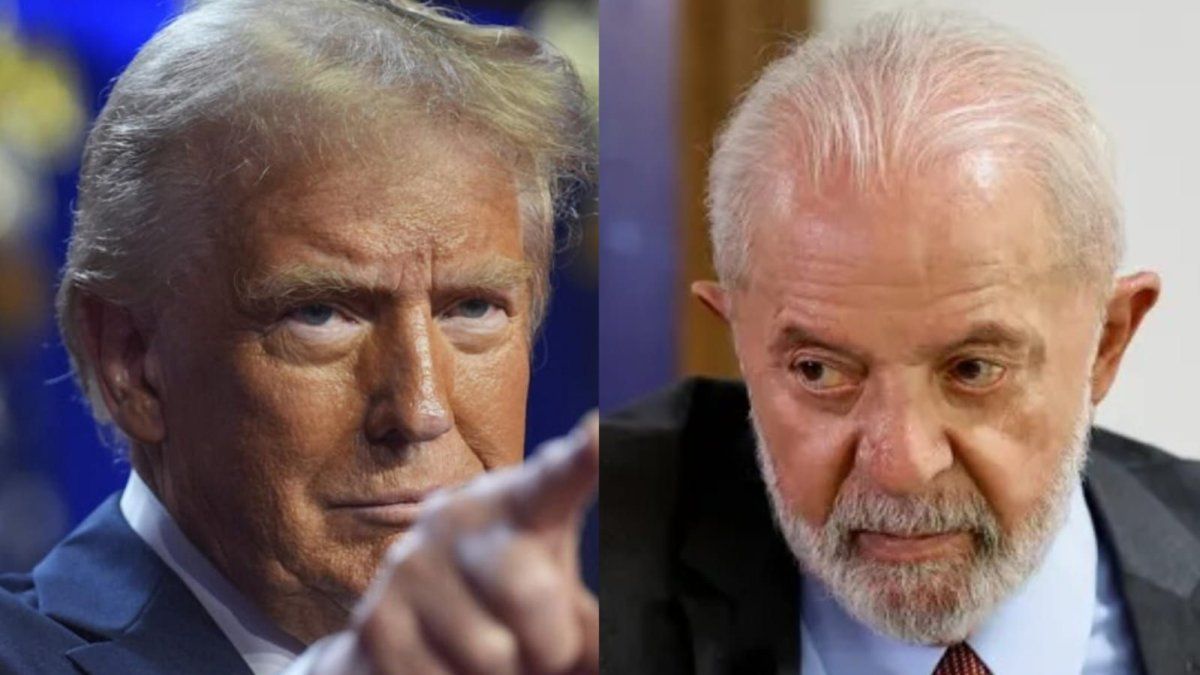The leap in the level of competitiveness of the Brazilian economy, product of the devaluation of the real, is also observed in industry. With a more expensive dollar, Brazil is today fertile land for foreign investments, based on its strong productive network, currently the eighth most important economy in the world.
For the thousands of Argentine tourists who, in this summer 2025will travel to Brazil, the devaluation represents a positive factor because the costs of the stay are low measured in dollars. Accommodations, gastronomy, food and drinks are an irresistible opportunity for those who visit the neighboring country, compared to the prices that can be found in Argentine destinations this season.
The depreciation of the real, which In December 2023 it was trading at 4.91 against the dollar and was positioned at 6.17 (reached a maximum of 6.27 this Monday) set off alarm bells for the Argentine economy, both for tourism (since it implies a strong outflow of foreign currency abroad) and for local industry.
tomato price supermarket brazil.jpeg
A kilo of tomatoes in a Brazilian supermarket costs just over a dollar.
Scope
Cheap real: Argentina, almost 50% more expensive than Brazil
In this sense, Scope conducted a survey of 22 products in the basket in which he compared prices from a Brazilian supermarket chain (present in more than five states) with one from Argentina (present in almost the entire country).
The comparison is based an exchange rate of US$1 to 6.14 reaisaccording to the official data of the Central Bank of Brazil at the moment, and a tourist dollar exchange rate of $1,365.65 for Argentina.
The analysis shows a difference (measured in dollars) in prices, which shows that Argentina is 45.51% more expensive than Brazil on average. The gap in the values of the products expresses the exchange rate jumps of the real, which promotes the competitiveness of the Brazilian economy, given its high industrial capacity, and cheaper products.
According to the analysis, The total cost of the 22 selected products amounts to US$25.11 in Brazil and US$51.39 in Argentina.. The difference of $26.28 demonstrates how local items, in relative terms, are more expensive compared to their Brazilian equivalents. The same basket is 48.86% more expensive on Argentine soil compared to the neighboring country.
basic food basket prices brazil argentina

Scope Survey comparing prices in dollars of food and beverage products.
Scope
There are several points to keep in mind when it comes to the basket of personal hygiene and cleaning products. For example, soap powder It is expressed as the difference of prices in dollars highest with 87.62%.
The case of the body spray deodorant of the same brand that is marketed in both countries is also surprising, given that in Argentina it is 81.16% most expensive in dollars, followed by toothpaste (which costs 69.9% more), detergent (58.24%) and toilet paper (52.19%)all essential products for health care and hygiene.
He toilet soap It is the product with the least difference in price. In the survey it was observed that in an Argentine supermarket it costs $550 (US$0.40 at the tourist dollar exchange rate)while in a Brazilian one the same article, similar in presentation and quality, is around 2 reais (US$0.32 at the official exchange rate of the US currency).
Food and drinks
If we look at the table of products in the food and beverage basket, the chicken leads as the product with the greatest difference measured in dollars, and it is in Argentina 70.32% more expensive. They follow him minced meat (65.69%), mineral water (59.91%) and eggs (56.67%).
The exception among all the articles surveyed was wheat flourwhich in Brazil costs 5 reais (US$0.81) and in the Argentina can be obtained in a first brand at $1,099 (US$0.80). Thus the tiny difference is 0.86% and it is cheaper in our country.
basic cleaning basket prices brazil argentina

Scope survey comparing prices in dollars on cleaning and personal hygiene products.
Scope
Cheaper Brazil: the reasons for the low price of food
In contrast to countries in the region, Brazil has the lowest food prices. This result arises from the combination of several factors, among which is the devaluation of the real, which has depreciated 24% this year in real terms.
On the other hand, Brazil is one of the largest food producers and exporters in the world. In 2023, it sold agricultural items for US$82,804 million, a record value, according to official data from the Ministry of Finance.
By 2024, The country governed by Lula da Silva expects to have reached the record figure of US$92,000 million in sales abroad in this area.
Finally, a determining factor in final food prices is the tax burden, which is lower than that of Argentina. In the neighboring country, the main tax paid by food marketing is the ICMS (Imposto sobre Circulação de Mercadorias e Serviços), which varies between states and the sector.
The tax burden, a key element
The data is reflected in a recent study carried out by Coninagro, in which it compared food prices in Brazil and Argentina. One of the main differences in the tax burden that affects the final value of these products.
In Argentinabasic foods taxed with a VAT of the 10.5% face a tax burden slightly higher than that of Brazil. For products like milkwith a VAT of 21%the difference is even more pronounced.
On the other hand, in Brazil, the ICMS (tax that varies by state and type of product) averages a 12% for food, although the recent tax reform could increase this burden.
The appreciation of the Argentine peso in front of the depreciation of the Brazilian real exacerbates these differences and poses new challenges for both producers as for the Government of Javier Milei, which simultaneously seeks to maintain a delayed dollar, enhance the exports and control inflation.
Source: Ambito




